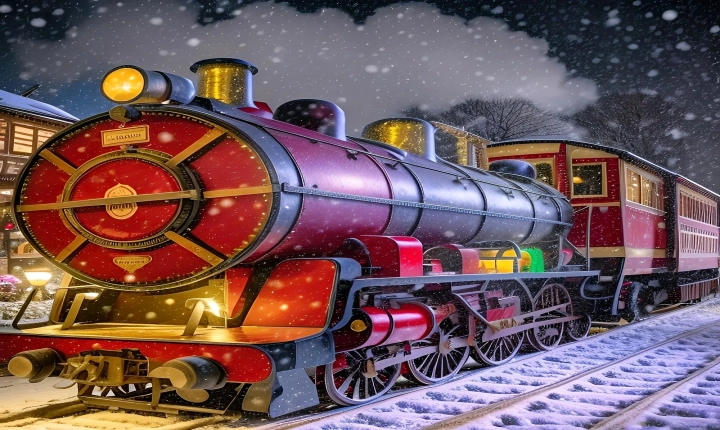Title: The Future of Art: Generating NFTs with AI
In recent years, Non-Fungible Tokens (NFTs) have revolutionized the art world, providing artists with a new way to monetize and protect their digital creations. Now, with the advancements in Artificial Intelligence (AI), there is a growing trend of using AI to generate and create unique NFTs. This merging of AI and NFTs is opening up new possibilities for artists and collectors alike, pushing the boundaries of creativity and innovation.
Using AI to generate NFTs offers several advantages for both artists and collectors. AI can analyze vast amounts of data and patterns, enabling it to create unique and original artwork that may not be possible through traditional means. This means that artists can explore new creative avenues, tapping into the potential of AI to produce art that is truly one-of-a-kind.
One of the key methods of generating NFTs with AI is through Generative Adversarial Networks (GANs), a type of AI algorithm that has shown incredible promise in creating digital artworks. GANs work by pitting two neural networks against each other, with one generating images and the other evaluating their authenticity. This process results in the creation of highly realistic and unique images, which can then be turned into NFTs.
Another approach is using AI to assist in the creation of digital art, such as helping artists generate complex patterns, textures, or even entire compositions that they can then turn into NFTs. This collaboration between human creativity and AI’s computational power can lead to the production of breathtaking and distinctive artworks that attract collectors and enthusiasts.
Furthermore, the use of AI in generating NFTs can also help address issues of copyright and ownership. By embedding AI-generated signatures or watermarks directly into the NFTs, artists can prove the authenticity and originality of their work, providing an added layer of protection against plagiarism and unauthorized use.
For collectors, AI-generated NFTs represent a new and exciting opportunity to acquire truly unique pieces of digital art. The fusion of AI and art introduces a novel way to engage with and appreciate digital creativity, opening up a new market for innovative and experimental artworks. Additionally, the transparent and immutable nature of blockchain technology, on which NFTs are based, ensures the provenance and ownership of AI-generated NFTs, providing collectors with confidence in the authenticity and scarcity of their acquisitions.
However, as with any emerging technology, there are also challenges and ethical considerations to be addressed when using AI to generate NFTs. Questions about the originality and authorship of AI-generated artworks may arise, as well as concerns about the potential for AI to perpetuate biases or stereotypes in its creations. It is essential for artists, technologists, and the wider art community to critically examine these issues and develop ethical guidelines for the responsible use of AI in generating NFTs.
In conclusion, the combination of AI and NFTs has the potential to reshape the art world, offering new ways for artists to express their creativity and for collectors to engage with digital art. By leveraging AI’s capabilities to create, authenticate, and protect digital artworks, the future of NFTs looks promising and full of possibilities. As the technology continues to evolve, it is crucial for the art community to embrace the potential of AI while also being mindful of the ethical implications, ensuring that AI-generated NFTs contribute positively to the diversity and innovation of digital art.
